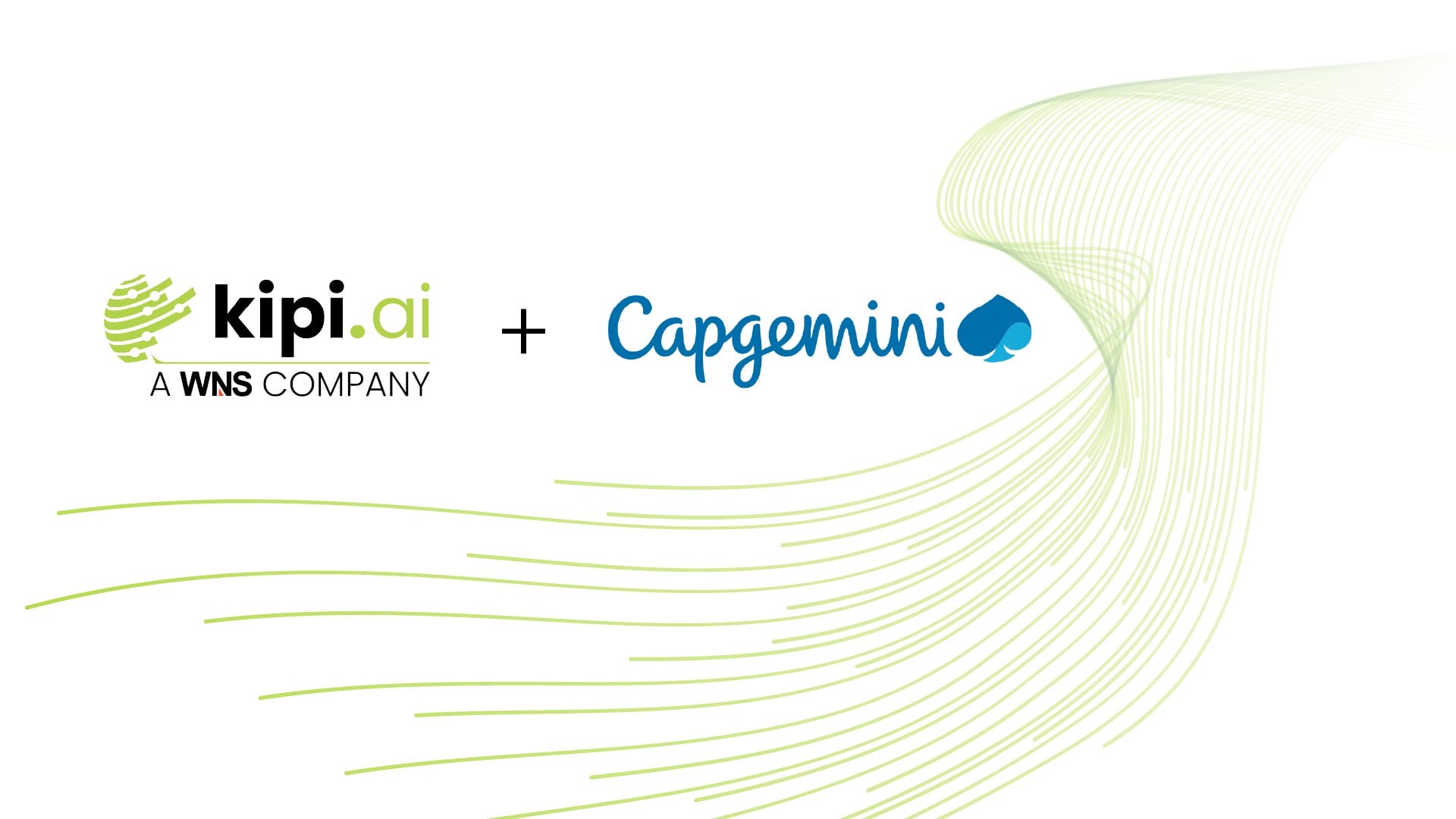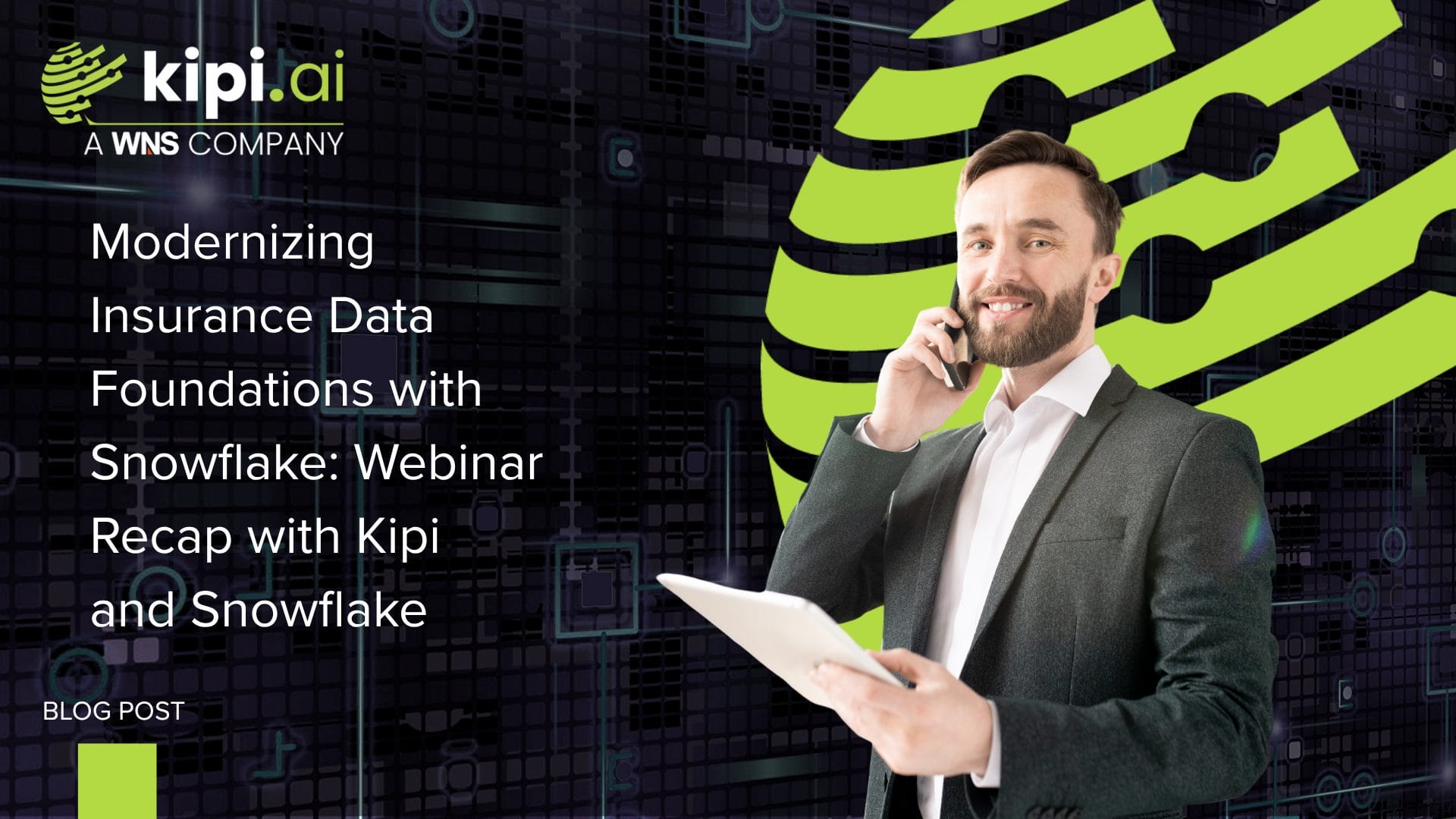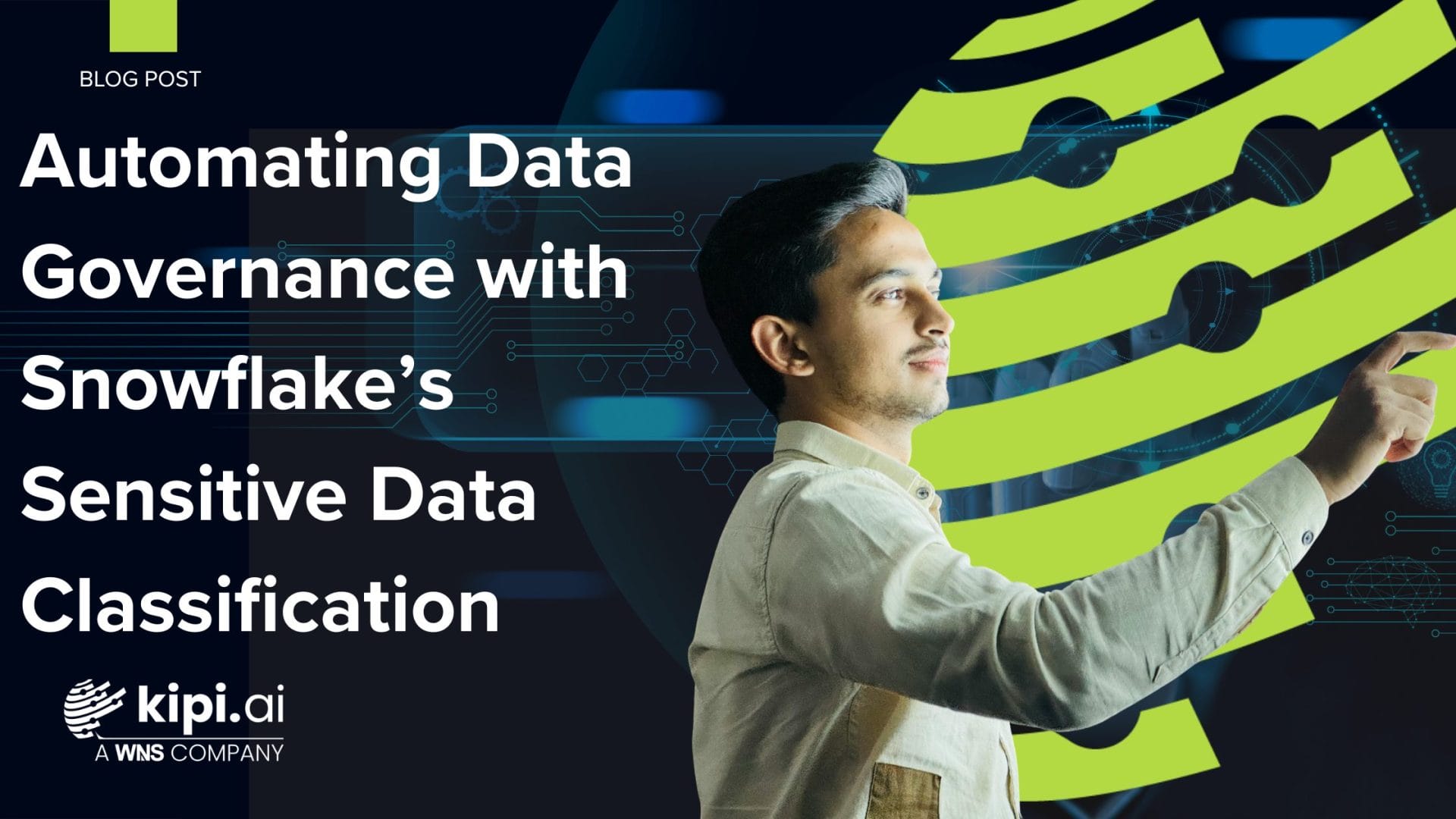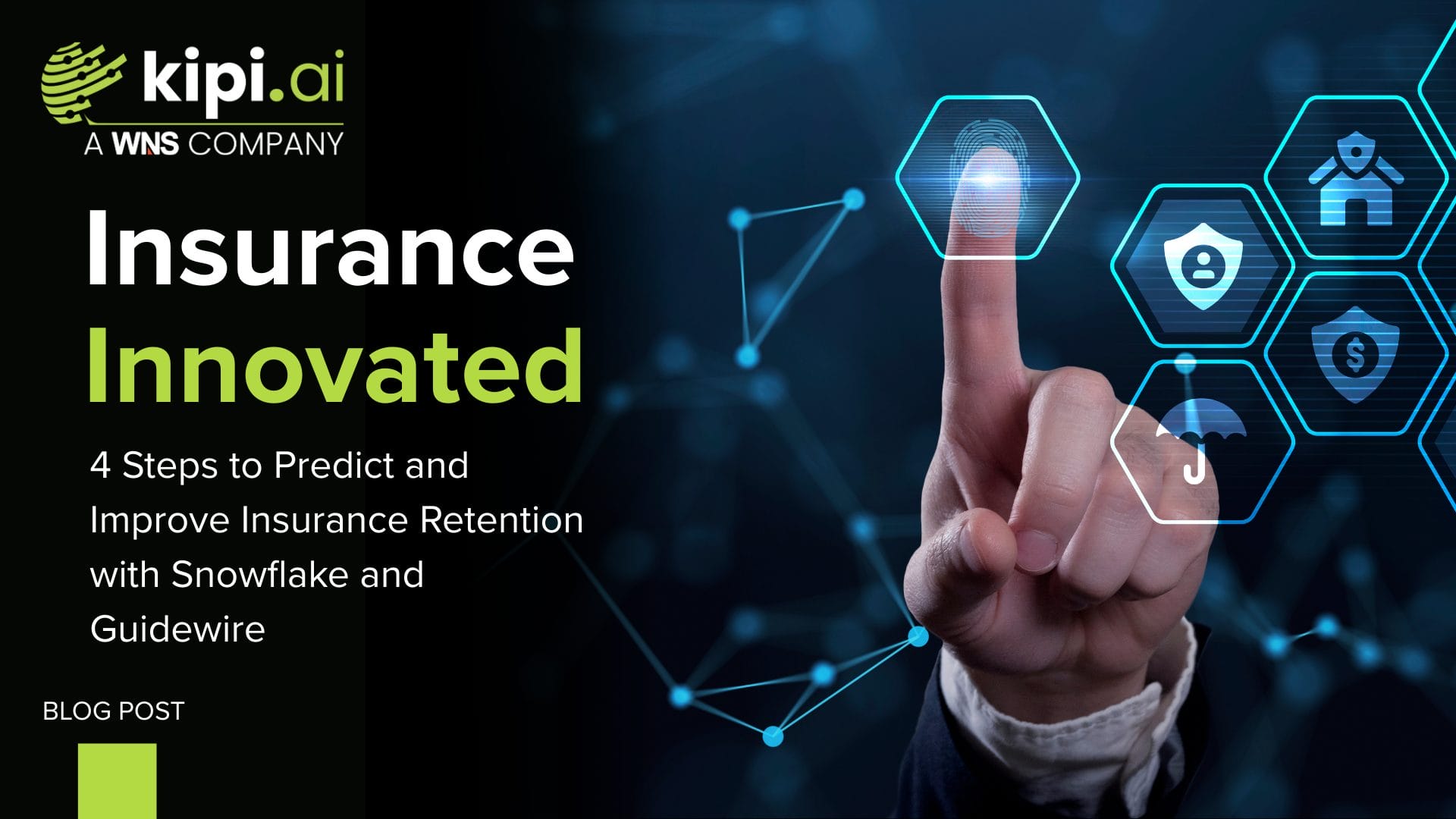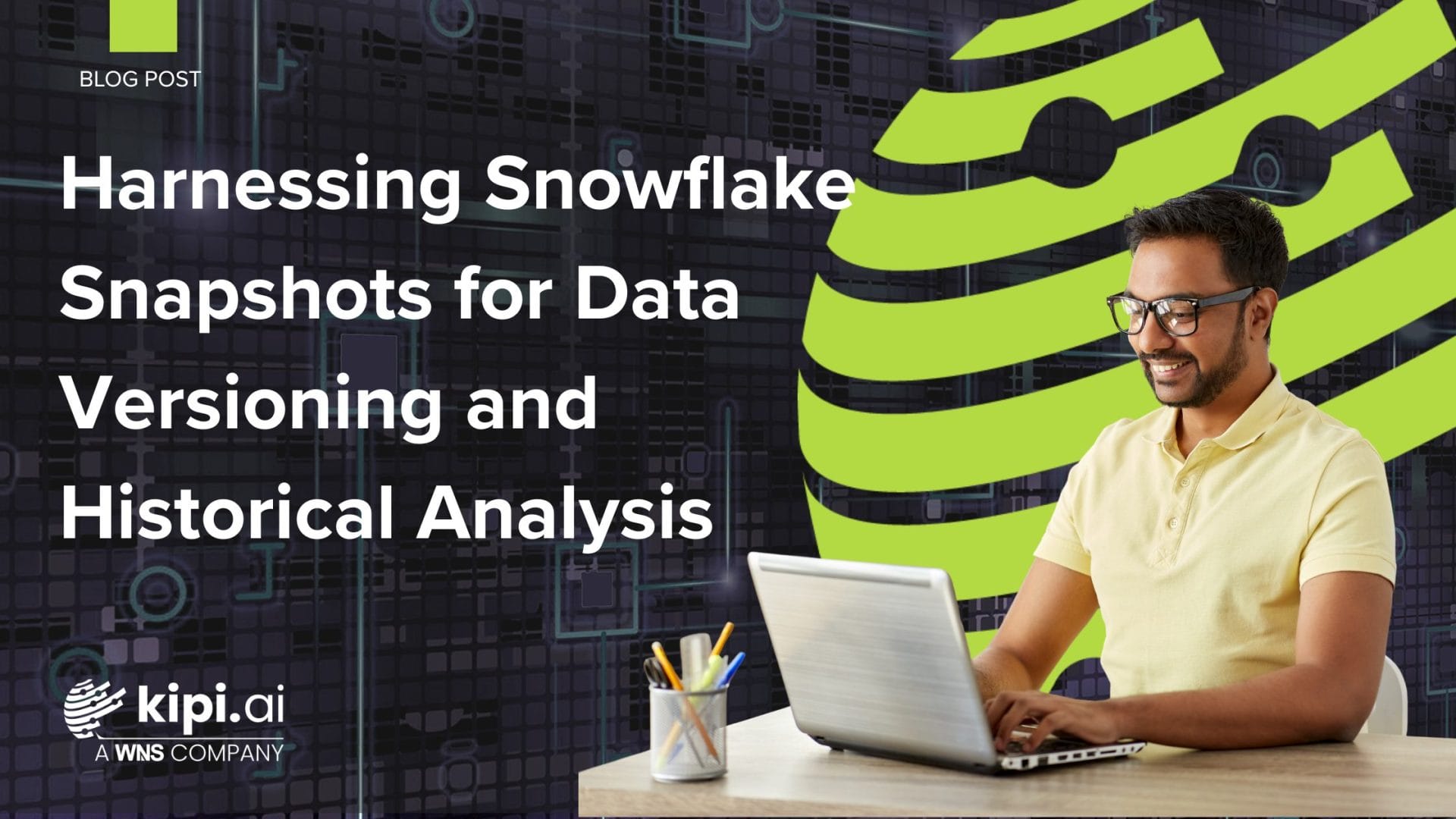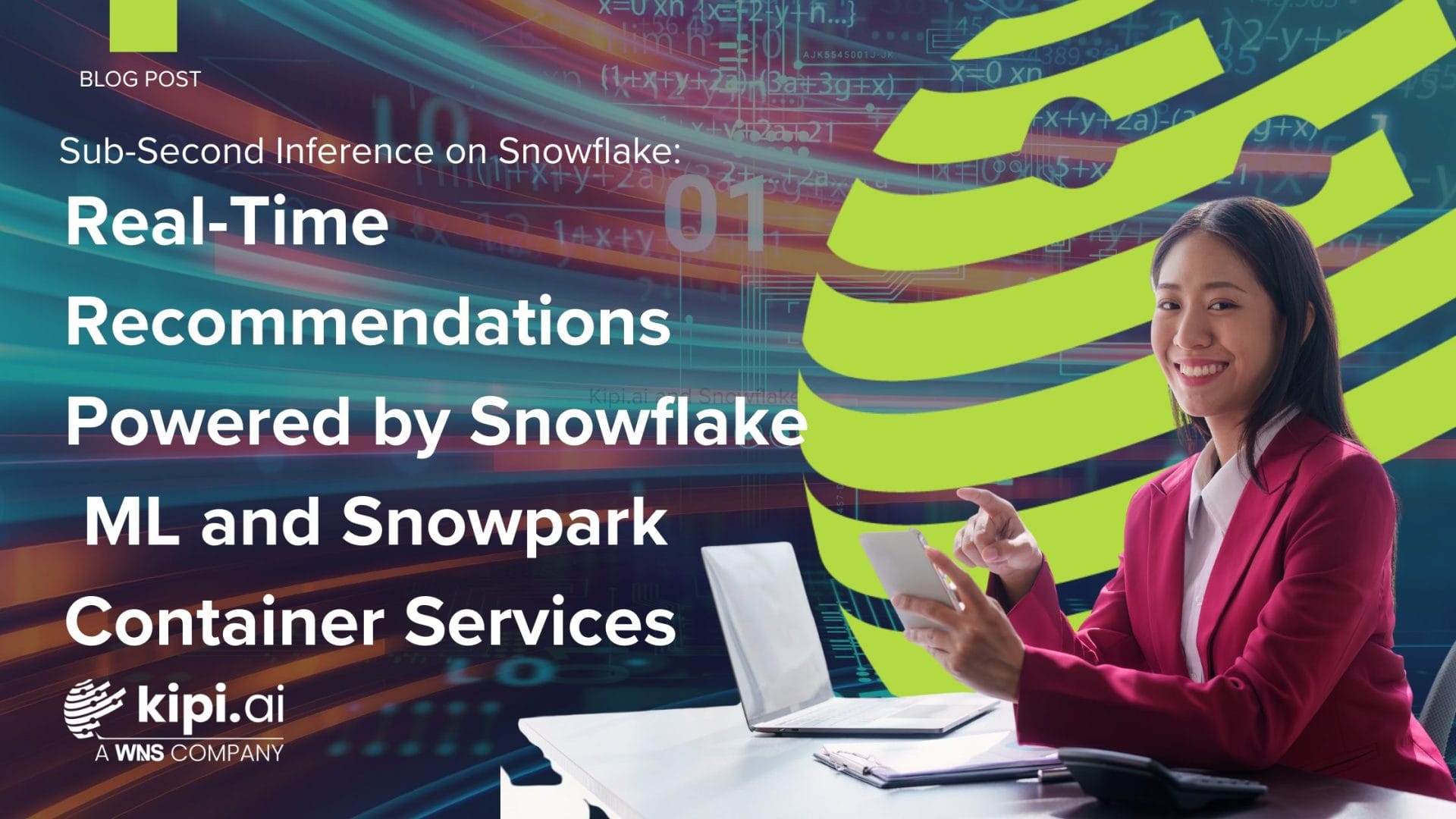Authored by – Jason Ling
Introduction
The insurance industry is currently navigating a landscape marked by rapid technological advancements, evolving customer expectations, and significant economic and environmental challenges. Capgemini’s Insurance Trends 2024 report identifies several key trends that are reshaping the sector, emphasizing the critical role of data analytics. Kipi and Snowflake are well-positioned to help insurers capitalize on these trends, maximizing the value of their data to drive efficiency, innovation, and customer satisfaction.
1. Underwriting Precision with Predictive Analytics and Smart Devices
The transformation in underwriting practices is being driven by the integration of predictive analytics and smart devices. Insurers are increasingly utilizing real-time data from IoT devices to enhance risk assessment and pricing accuracy. For instance, global IoT connections grew by 18% in 2022, reaching 14.3 billion endpoints, with expectations to hit 16.7 billion in 2023. This massive influx of data presents both a challenge and an opportunity. Snowflake’s unified data platform enables insurers to consolidate and analyze diverse data sources in real time, harnessing predictive analytics to its fullest potential. This integration provides timely insights that drive more precise underwriting decisions, reduce operational costs, and enhance customer experiences. Kipi can expedite this implementation, leveraging Snowflake’s capabilities to ensure insurers quickly and effectively integrate new data streams into their underwriting processes, boosting speed to market and competitive edge. We’re experts in Snowflake and can help you set up the most efficient data pipelines to view real time data in tools that are helpful to you.
2. Generative AI for Operational Efficiency
Generative AI is set to revolutionize insurance operations by automating repetitive tasks and delivering deeper insights through advanced data analysis. According to a 2023 report from MarketResearch.biz, global generative AI in the insurance market may be worth around $5.5 billion by 2032 – up from $.3 billion in 2022, a nearly 33% compound annual growth rate. This growth underscores the increasing reliance on AI to enhance operational efficiency and customer interactions. Snowflake’s support for AI integration allows insurers to seamlessly deploy generative AI applications. The platform’s high performance and scalability ensure that complex AI models run efficiently, providing actionable insights that improve decision-making and customer service. Partnering with Kipi can further streamline this process. Our expertise in AI and Snowflake’s capabilities ensures that insurers can quickly deploy and optimize AI solutions, reducing time to completion and maximizing the benefits of AI-driven operational improvements. Kipi has developed several use cases for deploying LLMs and GenAI for both underwriting, claims, and customer service.
- For underwriting, creating a chatbot underwriters can refer to look up underwriting guidelines can increase efficiency and ensure compliance with underwriting guidelines. The LLM would be trained on the insured’s underwriting guidelines and be specifically trained to answer questions such as “How old can a roof be before a roof exclusion must be applied?” or “What are the deductible guidelines for Orange County Florida”.
- For claims, gaining new insights out of unstructured text data provided by adjuster notes is a tremendous opportunity. This data can provide early indicators for escalating claims, identifying poor data quality for claim attributes (loss cause being misclassified), and even helping set reserves.
- For customer service, creating a chatbot that is either external or internal facing that can immediately respond to commonly asked billing, policy, or claims questions can significantly reduce the amount of time individuals spend answering common questions.
These solutions can provide tremendous lift in operational efficiency, reducing costs, and giving new valuable insights for data-driven decisions.
3. Cloud Adoption for Operational Excellence
The move towards cloud technologies is a significant trend in the insurance industry, aimed at streamlining operations, enhancing data accessibility, and improving scalability. Global IT spending in insurance was projected to increase by 7.9% in 2023, reaching $208.4 billion, reflecting the industry’s commitment to adopting new technologies. Snowflake’s cloud-native architecture offers unparalleled flexibility and performance, enabling insurers to integrate various data sources seamlessly. This integration provides a comprehensive view of operations and customer interactions, essential for delivering personalized services and improving customer satisfaction. Additionally, Snowflake’s robust security features, including end-to-end encryption and compliance with industry standards, ensure that sensitive customer data is protected. Kipi has and can assist insurers in transitioning to Snowflake’s platform efficiently, leveraging our expertise to ensure that data migration and integration processes are smooth and fast, thereby reducing operational disruptions and accelerating the realization of cloud benefits
The Snowflake AI Data Cloud – Mobilize Data, Apps, and AI
4. Recalibrating Underwriting Techniques for More Precise Risk Assessment
As insurers refocus on the fundamentals, recalibrating underwriting techniques for more precise risk assessment has become a priority. The increased accuracy in risk assessment not only helps in pricing policies more competitively but also mitigates potential losses. Snowflake’s powerful data processing capabilities allow insurers to analyze historical data and emerging trends to refine their underwriting models. By leveraging Snowflake, insurers can access a comprehensive view of risk factors, leading to more accurate and timely underwriting decisions. Kipi can aid in this recalibration process, bring new underwriting solutions, and build new tools using Snowflake’s advanced analytics to optimize underwriting techniques and enhance overall risk management strategies. Kipi has created and launched two risk management solutions on Snowflake Marketplace to understand the exposure an insurer is already committed to in the area around a new piece of business. Our solution can return the inforce values around a .25 mile, .5 mile, 1 mile, 5 mile, or any distance around a new point. This significantly enhances underwriters’ understanding of concentration risk at the point of underwriting. Our second solution, gives insights into inforce exposure in geographic regions such as county. The solution compares the values found in the new piece of business, the values in the inforce portfolio, and helps you understand the impact. This allows underwriters to manage capacity on a real time basis – better adhering to risk management guidelines.
Conclusion
The insurance industry is at a transformative juncture, driven by advancements in data and technology. Trends such as underwriting precision with predictive analytics, operational efficiency through generative AI, cloud adoption, and recalibrating underwriting techniques are reshaping the sector. Snowflake’s powerful data platform offers the tools necessary to navigate these changes effectively, providing scalability, integration capabilities, and advanced analytics support. Our analytics consulting firm is committed to helping insurers harness these trends, leveraging Snowflake’s capabilities to drive innovation, operational efficiency, and customer satisfaction. By partnering with us, insurers can boost their speed to completion, ensuring they stay ahead of the curve and achieve sustainable growth in an increasingly competitive market.
